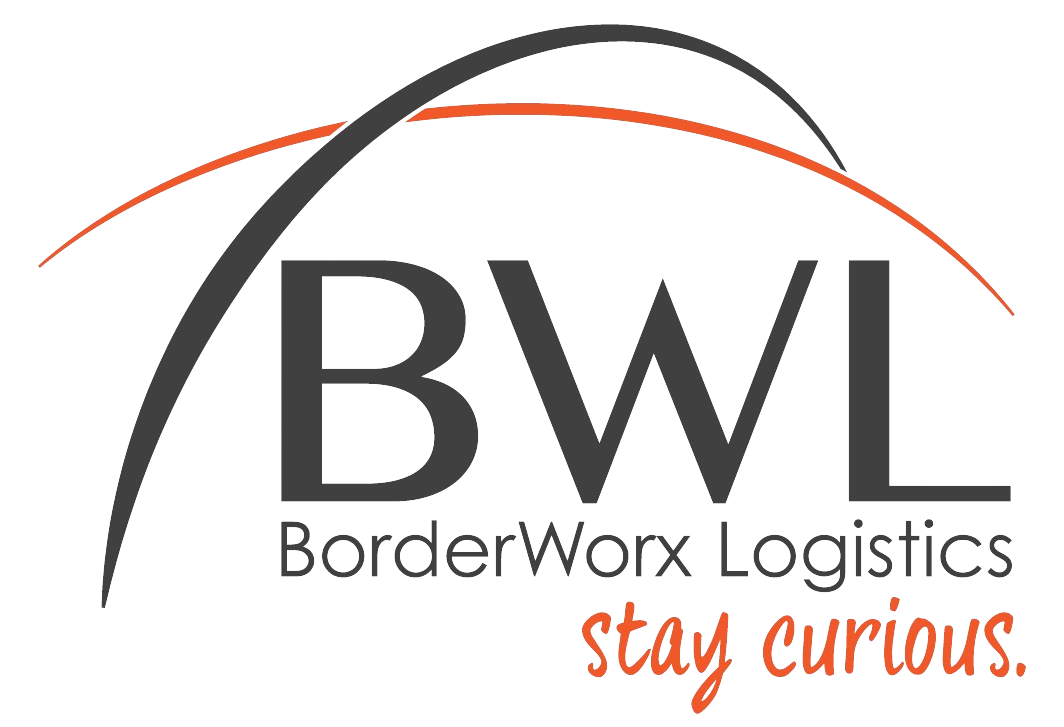Returns are an inevitable part of selling on Amazon, even with Fulfillment by Amazon (FBA) handling the logistics. As a seller, understanding the process, anticipating common return reasons, and staying on top of your seller metrics is crucial for a successful business.

Why Customers Return FBA Items
Amazon offers a generous return policy, which leads to several reasons why buyers return products:
- “No longer needed/wanted”: Impulse buys or changing one’s mind.
- “Wrong size/color”: Inaccurate product descriptions or the customer misjudging their needs.
- “Defective/not as described”: The item arrives damaged or doesn’t match the listing.
- “Arrived too late”: Missed special events or the buyer found an alternative.
- “Accidental order”: Mistakes during the purchase process.
Anticipating Returns
Here’s how to get ahead of potential returns:
- Crystal-clear product listings: Accurate descriptions, high-quality images, and specifying all relevant details.
- Excellent customer service: Answer questions promptly and proactively resolve issues before they escalate to returns.
- Competitive pricing: Avoid inflated prices that lead to buyer’s remorse.
Amazon’s Tools for Return Management
Amazon offers tools to help you navigate the returns process:
- Returns Reports: Track your return rates and reasons, giving insights into problem areas.
- Automated Returns Authorizations: Set rules to automatically approve certain returns, saving you time.
- Refund at First Scan: Issue refunds the moment Amazon scans a return, potentially improving customer satisfaction.
- Safe-T Claims: File claims for reimbursement if Amazon damages or loses your inventory during the return process.
Impact on Your Seller Rating
Excessive returns can negatively impact your Order Defect Rate (ODR) – a key seller health metric. High ODRs can lead to account suspension. By understanding returns and minimizing them proactively, you protect your seller account.
Making Use of 3rd Party Shipping for Returns
While Amazon handles FBA returns directly, it’s sometimes beneficial to utilize a 3rd party shipping service, like Borderworx, for a portion of those returns. Here are situations where this might make sense:
- International Returns: 3rd party shippers often specialize in international returns, navigating customs and offering lower rates than Amazon’s default options.
- Bulky/Oversized Items: Larger items may incur hefty return fees through FBA. Using a 3rd party service calculated by weight and dimensions could be cheaper.
- Consolidating returns: If a buyer returns multiple items, consolidating them through a 3rd party shipper before sending them back to FBA can save on costs.
- Customer Preference: Some sellers offer a 3rd party returns option alongside FBA, giving customers a choice for convenience or potential cost savings.
Important Considerations:
- Cost Comparison: Carefully compare the fees involved between standard FBA returns and using a 3rd party shipper for each situation.
- Labeling: Ensure clear labeling and instructions for customers if using 3rd party shipping to avoid confusion and additional costs.
- Tracking: Keep track of all return shipments to monitor their status and ensure correct processing by Amazon.
The Takeaway
Returns are a normal part of doing business on Amazon, even with FBA. Understanding the reasons, using Amazon’s tools effectively, leveraging 3rd party shipping strategically, and maintaining a healthy seller rating will help you successfully manage FBA returns and protect your business. If you are looking for a 3rd party shipping service to handle your Amazon orders, please reach out!
